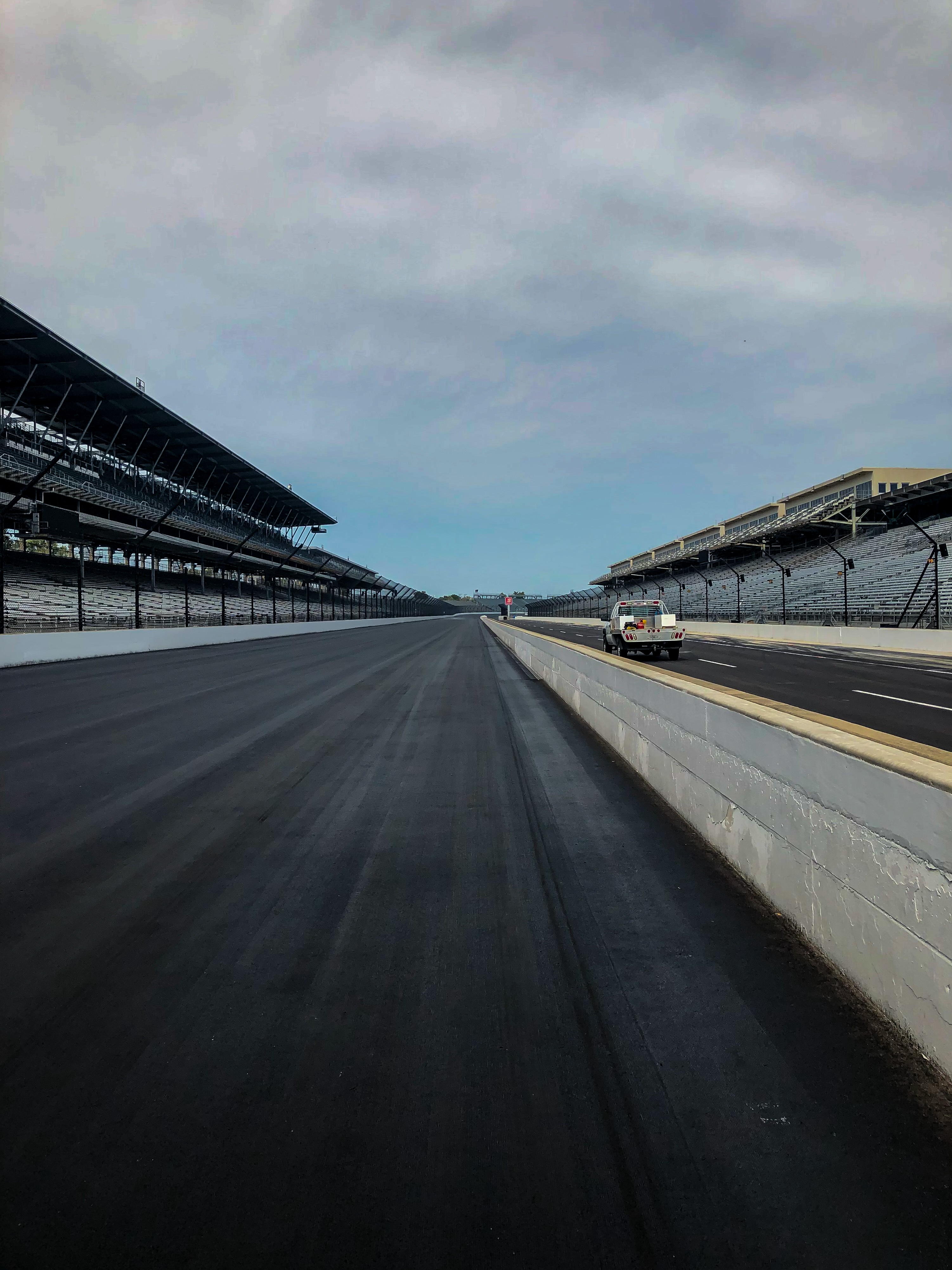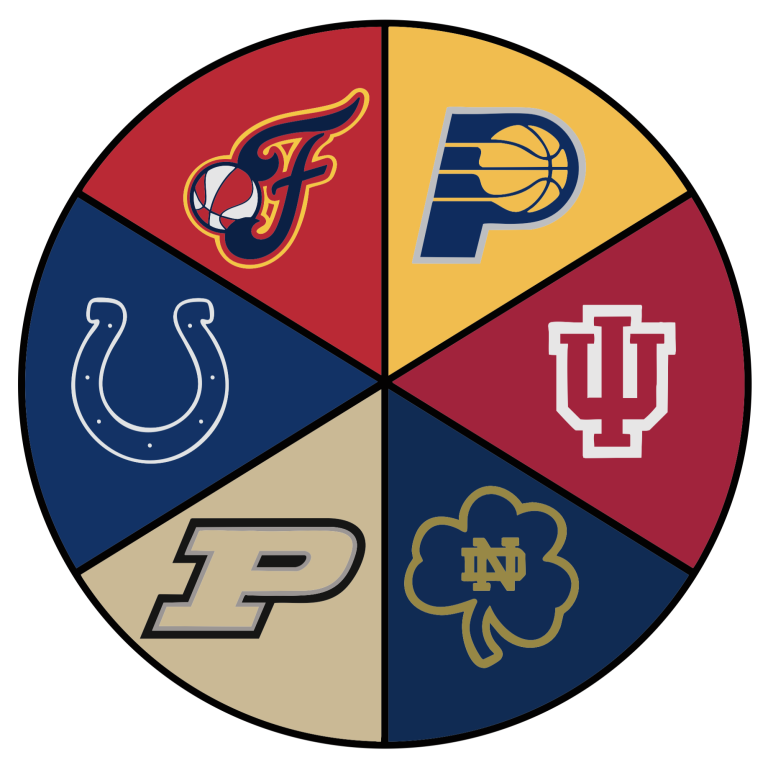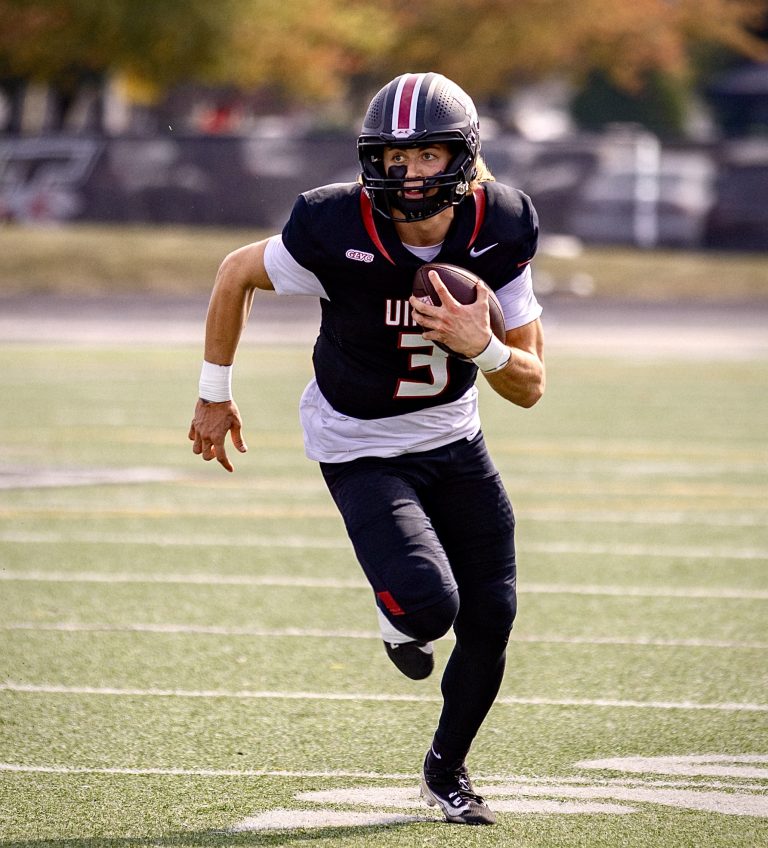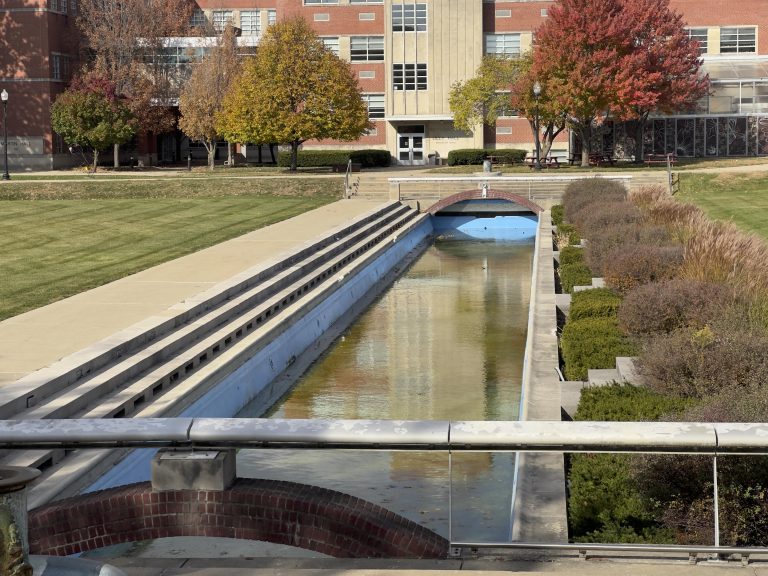Note: Results are per Reflector press time
The Nippon Telegraph and Telephone IndyCar series set off on March 2 in St. Petersburg, Florida with three-time IndyCar champion Alex Palou winning the race, according to IndyCar.
This past weekend, IndyCar held its second race at The Thermal Club and will have the next race on April 13 for the Acura Grand Prix Of Long Beach.

IndyCar started in June 1909 with a series of races in Portland, Oregon on a 14.6-mile long track, according to Open Wheel World. Racers were expected to complete three laps of the track. The final race in the first season was a 480-mile race between Los Angeles and Phoenix. Though the indianapolis Motor Speedway opened in 1909, the races it held ranged between 50 and 200 miles on the track. It was not until 1911 when the first Indianapolis 500 was held. IMS was paved with bricks until just before the start of World War II, while most tracks in the IndyCar series in the early years were either street courses or dirt, according to Open Wheel World.
World War II put a pause on the IndyCar series and the Indianapolis 500, according to Open Wheel World. In 1946 when the IndyCar series resumed, dirt was the normal racing surface for most races in the series with the IMS being the exception.
In 1955, the American Automobile Association, the sanctioning body for the IndyCar series, decided American autosports were too dangerous leading to the United States Auto Club becoming the new sanctioning body for the series starting in 1956. USAC would remain as the sanctioning body of IndyCar until the late 1970s, when conflict arose between teams and the club, according to Open Wheel World. Team owners formed the Championship Auto Racing Teams series, while in 1979 USAC decided to join CART.
Not much changed initially in the switch in the 1980s from USAC and CART, though the series downsized from 18 to 12 races, according to Open Wheel World. The series also gained traction in the 1980s and 1990s, becoming a competitor to Formula 1. Despite the newfound success of the series, Indy 500 President at the time Tony George decided to split the race from CART in 1996, forming the Indy Racing League, which had a much lower bar of entry, according to Open Wheel World. The Indy 500 was the main event for CART’s season until the split, according to Open Wheel World.
In the beginning, IRL faced issues trying to obtain well-known drivers to compete as CART had more recognition. However, by the early 2000s IRL was a contributing factor to CART’s bankruptcy, according to Open Wheel World. George wanted to buy out CART but instead the bid for CART went to a few team owners, which was thought to secure the future of it. IRL continued to gain traction and is the IndyCar series that is known today.
In 2020, Roger Penske under the Penske Corporation bought the IndyCar series and the speedway. Also in 2020, IndyCar implemented cockpit protection for drivers, according to Open Wheel World. In 2024 a hybrid component to the powertrain was introduced halfway through the season, providing 150 more horsepower at certain points on a lap.
The IndyCar season picks up in May with the Children’s of Alabama Indy Grand Prix on Sunday, May 4, followed by the Sonsio Grand Prix on the Indianapolis Motor Speedway road course on Saturday, May 10. The 109th running of the Indianapolis 500 will be held on May 25 in conjunction with the IndyCar series, according to the Indianapolis Motor Speedway. The speedway will host events surrounding the race starting with practice on May 13.







